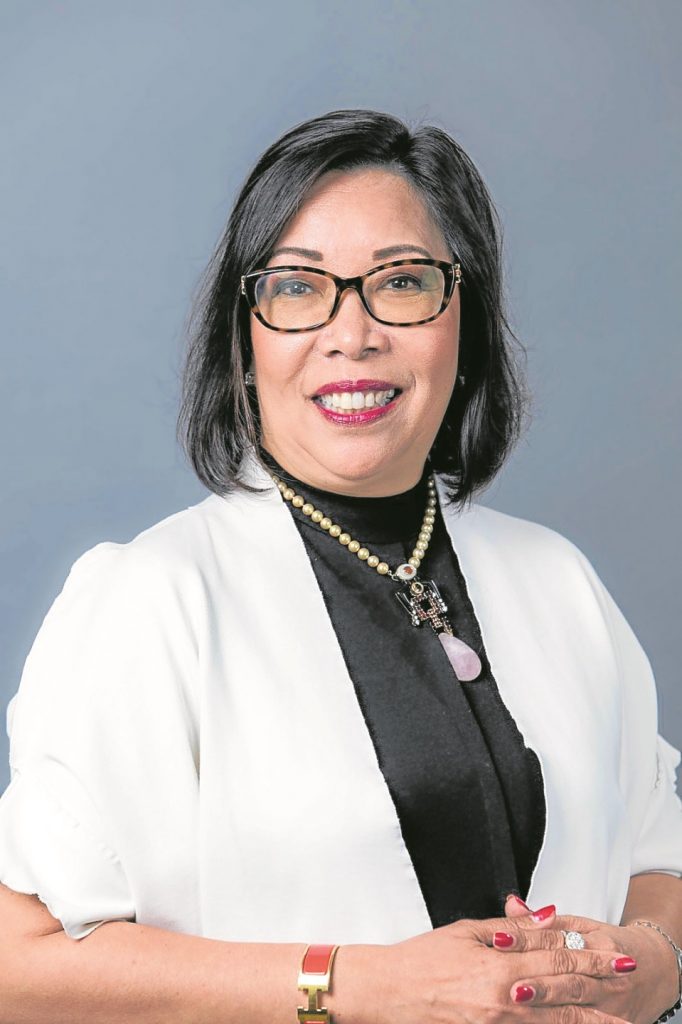“The future of retail is bright with so much possibilities.”
Despite the debilitating impact of this still raging pandemic, there’s reason to believe in the optimism expressed by Rosemarie Bosch Ong, president of the Philippine Retailers Association (PRA), especially as the country is starting to see green shoots of recovery—albeit, slow.
Improving economic indicators, the continuing rollout of COVID-19 vaccines, and the easing of restrictions are no doubt helping a dynamic Philippine retail industry, where players have begun innovating to adapt to the massive disruptions dealt by this crisis. The past year has been witness to the struggles of local retailers who have since been recalibrating, overhauling strategies, and effectively rewriting their playbooks to ride the wave of changes amid these perilous times.
“The retail sector was adversely hit by the intermittent lockdowns and strict community quarantines during the first half of the year. The threat of the Delta variant has hampered the almost reopening of our economy during the beginning of 2021,” Ong said.
“However, the retail sector continued to adapt to the changes and challenges by pivoting to e-commerce and strengthening online presence through different online platforms such as their own websites, social media and online marketplaces. As we continue to recover and transition to the postpandemic era, we will most likely carry out these new retail trends and experiences: e-commerce, contactless and digital transactions, and overall healthy lifestyle preferences for most of the consumer market,” she further explained.
In the case of Wilcon Depot, where she serves as SEVP-COO, it managed to sustain its first half sales despite the reimposed lockdowns in April and in August. Foot traffic, however, was greatly affected due to these restrictions in mobility.
“We (at Wilcon Depot) continue to expand our market share by building new stores and easily pivoting to digital transformation wherein we introduce contactless engagement with the customers through new programs such as ‘Browse, Call, Collect or Deliver’ and the launch of our e-commerce site. We have a stable supply chain that we were able to manage logistical challenges,” Ong explained.
Admittedly, there is still a long way to go before the Philippine retail industry, as with the rest of the economy, can see a full recovery. But there are certain measures critical to help its rebound.
“Mobility is crucial for the continued recovery of the retail industry. With low mobility rate, operating physical or brick-and-mortar retail stores can be challenging during this time of the pandemic. We can only have true recovery when we reopen our businesses and industries, and let commerce flow freely, but of course with proper caution and protection from COVID-19,” Ong pointed out.
“As we can see from other countries who are reopening now, it is possible to reopen our economy and live with the virus with proper caution and protection from it. It is also helpful if we can allow vaccinated people increase mobility,” she added.
Ong further believes that with continuous vaccinations, testing and proper adherence to the health and safety protocols, one may be looking forward to a better fourth quarter compared to last year.
But for now, the Philippine retail industry will just continue to take the necessary steps that would allow it to better navigate through the uncertainties and hopefully, thrive well in the postpandemic era.
For Ong, this means having to constantly change alongside the innovations, trends and technology that continue to emerge and shift as a result of this unprecedented crisis.
“As we are experiencing now, retail will continue to blend and incorporate technology in traditional retailing. The store of the future will be omnichannel and experience-rich that fuses the physical and digital world. Technology will continue to revolutionize online and physical retail, forcing rapid change and innovation. Retail will constantly evolve and adapt to changes in the market,” Ong concluded.



